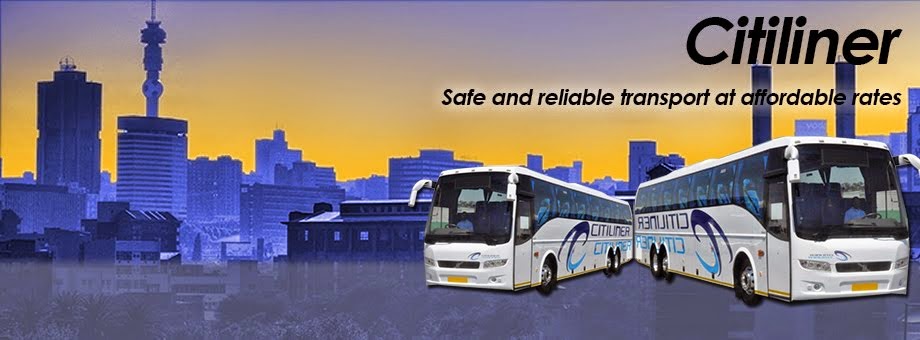Wine
tasting has grown over the years as South African wine has become very popular
and now rank amongst some of the world's best. Of all the many great things to
see and do in South Africa and Cape Town, wine tasting is a popular choice.
There are many beautiful vineyards just outside of Cape Town. They offer
wonderful tasting wines at affordable prices per bottle. The scenic countryside
gives you something amazing to view while you enjoy Cape Town wines.
Let’s have
a look at some of the wine lands in and around Cape Town.
Fyndraai Restaurant – This is a large,
beautiful winery and restaurant that has been around for 320 years. The food is
delicious and the wine is magnificent. You will love the entire experience.
This is definitely one to put on your list.
Franschhoek Kitchen - Just outside the bustling
city of Franschhoek,
the Franschhoek Kitchen is a little piece of heaven with its own stunning
backdrop. You’ll enjoy the eclectic restaurant, the charming people and of
course, the delicious wine. This is a must-see when wine tasting in South
Africa.
Some other
places to consider are Readers Restaurant, Diemersfontein, Basse Provence, Glenwood,
Chamonix, and Adi Badenhorst. These are just a few to start but there are more
to see and experience. If you can take the time and get in as many other
wineries around Cape Town and Stellenbosch, you will truly not be disappointed.
When you really want to get the most out of
your experience, take time to enjoy yourself and the company. Talk to the
owners. Learn more about the wines and the vineyard. Soak in the full
experience and don’t rush. Appreciate where you are and what you’re
experiencing and you will remember it for many years to come.
If you’d like to visit this Cape wine route
yourself, you can get cheap bus tickets and plan your own wine tasting
adventure in South Africa. Let us know if you have questions. We’re happy to
help!

